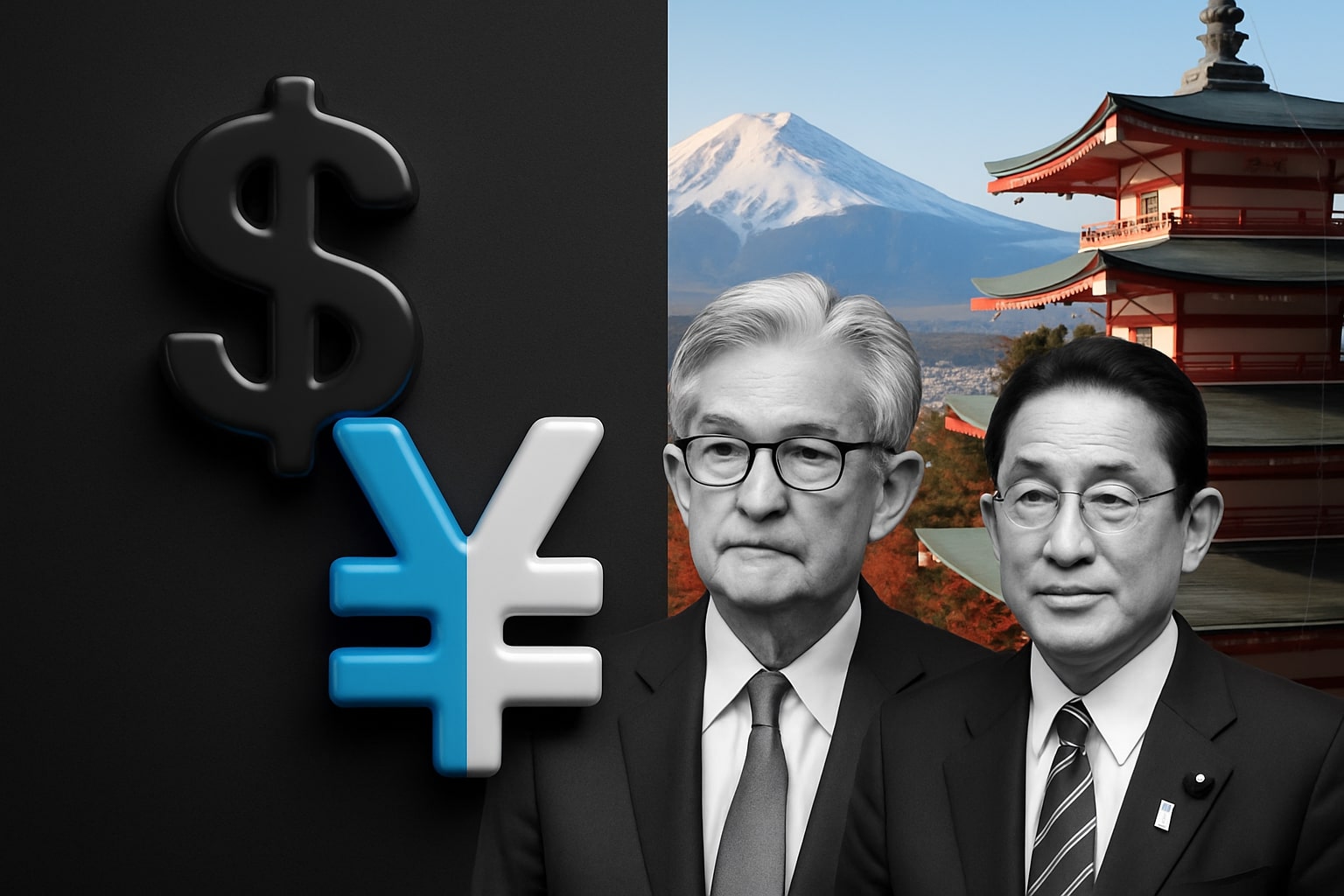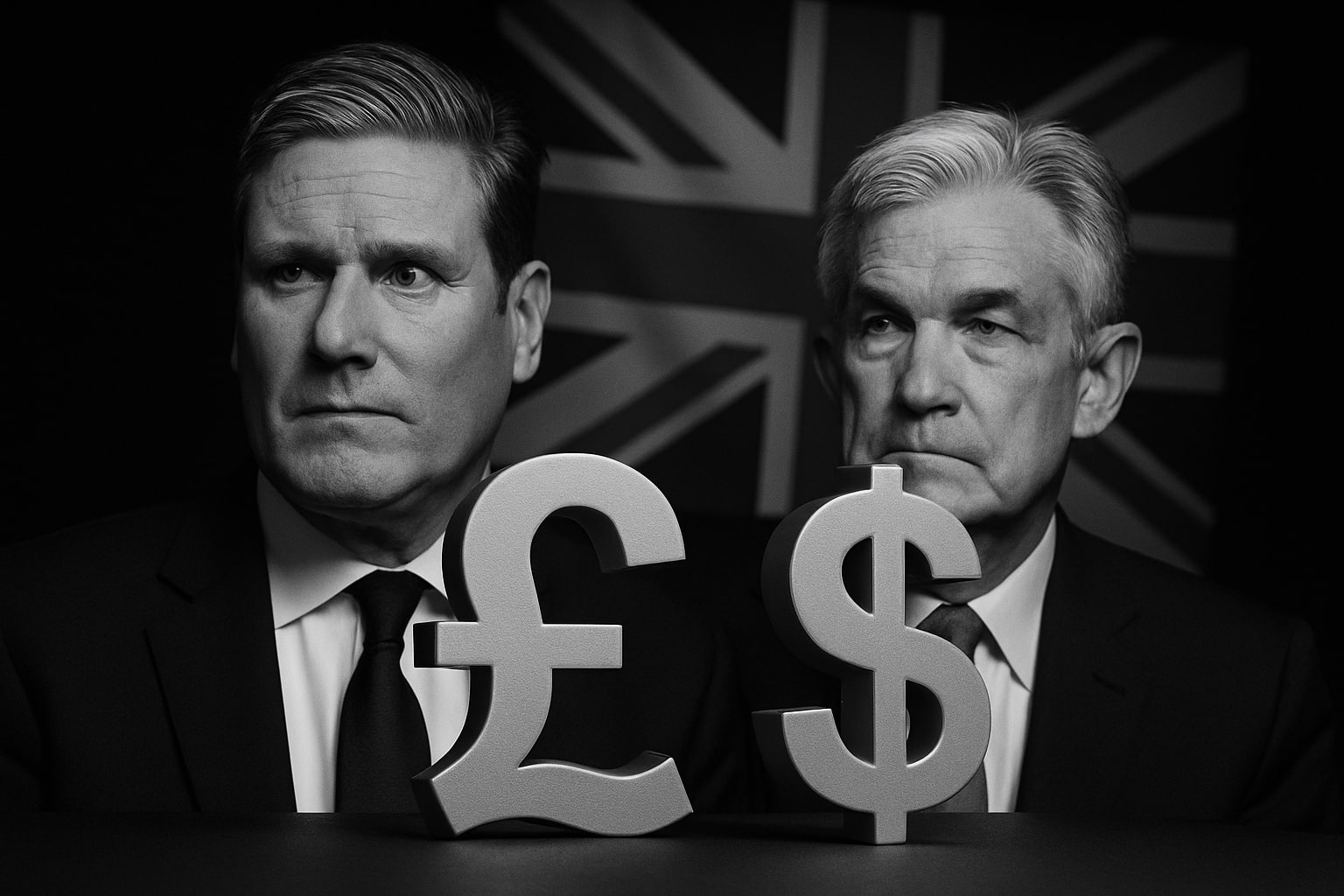
EUR/USD Price Forecast - Euro to Dollar Extends Rally to 1.1567 as Weak U.S. Data
Euro gains against the U.S. dollar as soft inflation data, falling Treasury yields, and Fed rate cut bets fuel a bullish breakout toward 1.1600–1.1780 | That's TradingNEWS
EUR/USD Rebounds Toward 1.16 as Weak U.S. Data, Fed Dovish Tilt, and Eurozone Stability Rebalance Market Dynamics
The EUR/USD pair is trading near 1.1567, gaining roughly 0.40% intraday as the euro strengthens on broad U.S. dollar weakness following disappointing American macro data. The pair is rebounding from last week’s low of 1.1470, breaking above the short-term descending trendline that has capped upside since October. The technical landscape is tightening, but with the U.S. Dollar Index (DXY) falling back below 100.00, the tide is shifting in favor of euro bulls for the first time in several weeks.
Soft U.S. Data and Rate Cut Expectations Undermine USD
The catalyst for the current EUR/USD rally is the erosion of U.S. macro strength. The latest Producer Price Index (PPI) rose just 0.3% month-over-month, while the core measure increased 0.2%, undershooting expectations of 0.3%. On a yearly basis, PPI inflation remained at 2.7%, but soft service-sector pricing pointed to cooling demand. In parallel, U.S. Retail Sales rose a meager 0.2% in September, missing the 0.4% forecast, with core sales excluding autos up only 0.3%, also below consensus.
The Retail Sales Control Group, a direct GDP input, contracted 0.1%, a notable reversal from the 0.6% expansion in August. This weakness came alongside a slide in the ADP employment 4-week average from -2.5K to -13.5K, confirming labor-market deterioration. Together, these numbers weakened the case for a strong U.S. dollar and accelerated bets on monetary easing.
According to the CME FedWatch Tool, traders now price in an 84–85% probability of a 25-basis-point rate cut at the December 9–10 FOMC meeting, up from 30% a week ago. The sharp repricing has pulled the 10-year Treasury yield to 4.02%, and the 2-year to 3.48%, while the DXY slipped to 99.84, its lowest level in five sessions.
Fed Policy Shift: Dovish Comments From Key Officials
The pivot in U.S. monetary sentiment stems from dovish rhetoric by top Federal Reserve officials. John Williams, President of the New York Fed, stated that the current stance is “modestly restrictive” and that there’s “room for adjustment toward neutral,” signaling an openness to cuts without endangering inflation progress. Christopher Waller echoed that labor market softening warrants further easing, while Mary Daly of the San Francisco Fed reinforced the argument by citing “broad moderation” in economic activity.
These coordinated comments mark a notable shift from the hawkish tone seen in October, when policymakers were divided over how long to keep rates elevated. The market has since recalibrated: futures now imply at least two cuts before March 2026. This aligns with euro strength, as investors rotate away from dollar-denominated assets amid falling real yields.
Eurozone Stability Offsets U.S. Weakness
The euro’s resilience has also been supported by relative stability in the Eurozone’s data stream. Germany’s GDP figures, released earlier in the session, showed a 0.2% quarterly contraction, but that was milder than the 0.3% expected, alleviating concerns about a deeper recession. Meanwhile, the IFO Business Climate Index stabilized near 88.6, suggesting that sentiment has stopped deteriorating after months of contraction.
The European Central Bank (ECB) remains cautious but balanced. While President Christine Lagarde has reiterated that “the disinflation process is advancing,” she has avoided signaling any imminent rate cuts. The ECB’s deposit rate stands at 3.75%, and market pricing reflects expectations for easing only by Q2 2026. This divergence in timing between the Fed’s dovish pivot and the ECB’s slower path has contributed to the recent EUR/USD recovery from 1.1450 to 1.1567.
Technical Structure: Downtrend Under Pressure Near 1.16 Resistance
The EUR/USD pair is testing a significant technical inflection zone. The descending trendline from the October high near 1.1780 continues to cap the topside, but momentum indicators are shifting in favor of bulls. The 20-day EMA, currently around 1.1550, is flattening, while the 50-day EMA sits slightly higher at 1.1590—a close above that level would constitute the first bullish crossover since early September.
Support is firmly anchored at 1.1480, followed by 1.1420, with a deeper cushion near 1.1340. Resistance remains at 1.1600, 1.1660, and 1.1780. The RSI has rebounded to 49, recovering from 35 last week, indicating that bearish momentum is fading. The MACD histogram is showing smaller negative bars, suggesting convergence and the possibility of a bullish shift in the coming sessions.
Traders are also watching the 1.1590–1.1600 barrier, which aligns with the 20-day EMA and prior support from October. A decisive break above this zone would invalidate the short-term downtrend and signal potential upside toward 1.1700–1.1780. Conversely, failure to maintain above 1.1480 could reintroduce selling pressure toward 1.1420.
U.S. Dollar Index (DXY) Correlation and Macro Sensitivity
The broader DXY index remains pivotal for EUR/USD’s trajectory. The index has now broken below its 20-day moving average for the first time in a month, confirming exhaustion in its uptrend. Technical structure shows support around 99.72, while resistance lies near 100.80. The correlation between EUR/USD and DXY remains strongly negative at -0.93, meaning continued weakness in the greenback would proportionally benefit the euro’s advance.
However, given that the dollar’s weakness stems from expectations of future easing, stronger U.S. data in the coming week—particularly from the delayed PPI, ADP, and Retail Sales reports—could limit euro gains temporarily. A PPI rebound above 0.4% or stronger job data could push the DXY back above 100.50, restraining the pair’s upside.
Read More
-
MSTY ETF Collapses to $6.94 as Microstrategy (MSTR) Stock $543-to-$172 Crash and Bitcoin’s $85K Slide Trigger Yield Trap
25.11.2025 · TradingNEWS ArchiveStocks
-
XRP ETFs Record $164M Inflows as XRPI and XRPR Hold Firm at $12.86 and $18.07 with XRP Rebounding to $2.19
25.11.2025 · TradingNEWS ArchiveCrypto
-
Natural Gas Price (NG=F) Drops to $4.39 as Record Output and Global LNG Flood Weigh on Futures
25.11.2025 · TradingNEWS ArchiveCommodities
-
USD/JPY Price Forecast - Dollar to Yen Drops to 156.05 as Weak U.S. Data Shake Dollar Strength
25.11.2025 · TradingNEWS ArchiveForex
Market Volatility and Order Flow Context
Liquidity conditions remain thin as markets approach year-end, which amplifies intraday volatility. According to aggregated broker order book data, EUR/USD long positions represent 54% of open interest, marking the first net-long bias since mid-October. This sentiment shift suggests that speculative traders are preparing for a structural breakout higher, though the lack of confirmed volume from institutional desks may delay follow-through until after the December Fed meeting.
From an options perspective, 1-week implied volatility sits at 7.3%, while the 25-delta risk reversal has flipped positive to +0.18, showing slight preference for euro calls over puts—a clear reflection of improving sentiment.
Short-Term Outlook: Data-Dependent, Medium-Term Bias Turning Bullish
If the pair consolidates above 1.1550 for several sessions, a sustained rally toward 1.1660–1.1700 becomes increasingly probable. The absence of hawkish pushback from Fed officials before the December blackout period further cements the bullish bias.
Still, traders must monitor both U.S. inflation signals and the ECB’s communication next week. If Eurozone inflation data for November shows another moderation below 2.4%, it could slow the pair’s ascent by reviving speculation of ECB cuts. On the other hand, any U.S. CPI or labor miss would rapidly propel EUR/USD toward 1.1750, where the next cluster of offers resides.
Verdict: EUR/USD — Short-Term Bullish, Medium-Term Buy on Dips
Given the data and price structure, EUR/USD is positioned for a controlled recovery as long as it holds above 1.1480. The alignment of weaker U.S. data, dovish Fed communication, and ECB restraint favors euro strength through December.
Buy Zone: 1.1460–1.1500
Short-Term Target: 1.1660–1.1700
Extended Target: 1.1780
Stop Zone: Below 1.1380
Rating: Buy on Dips (Bullish Bias)
The technical landscape and macro alignment reinforce a bullish reversion pattern, signaling that the euro’s weakness of Q3 2025 has likely bottomed. A breakout above 1.1600 would formally end the corrective cycle and reestablish momentum toward 1.18, driven by easing U.S. yields and capital rotation away from the overbought dollar.



















